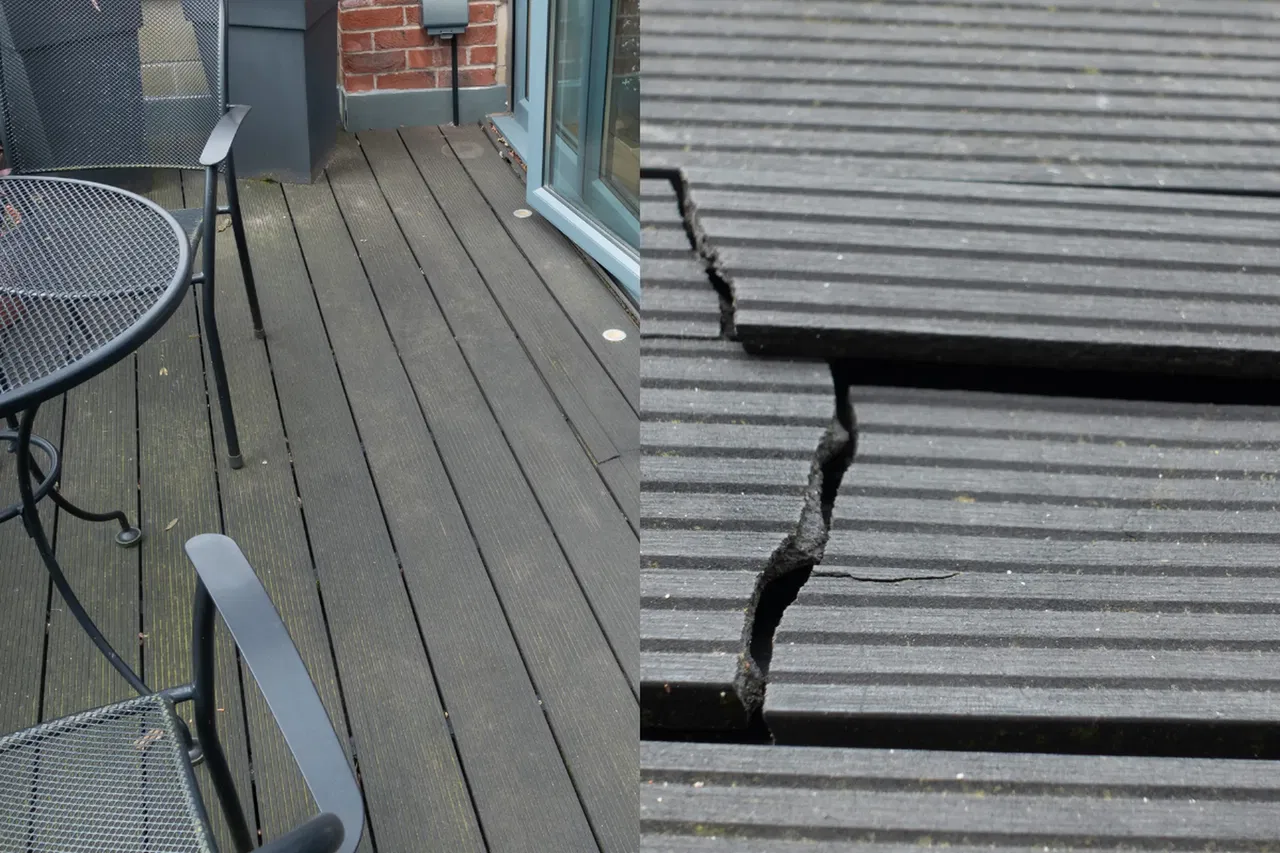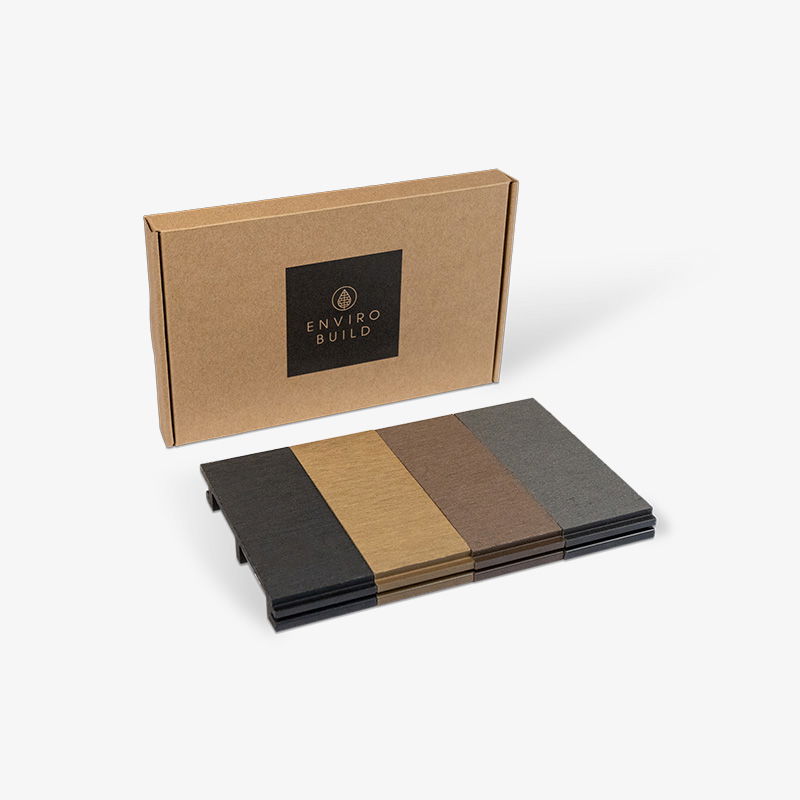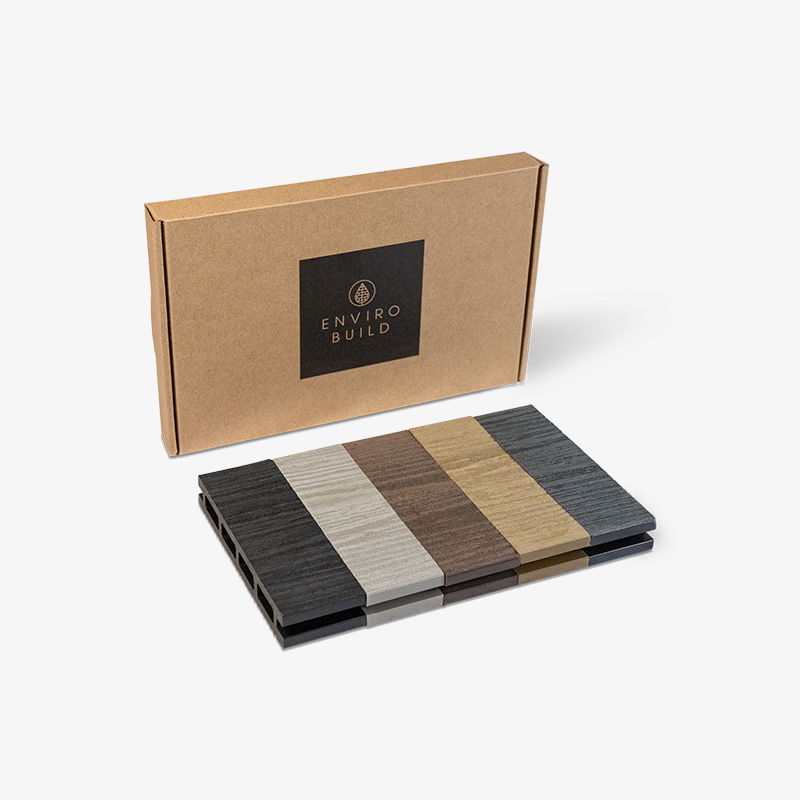Composite Decking vs Wood: Which Is Best for Your Project?
When considering a composite decking vs wood project, it's essential to choose materials that best fit your needs. While wood offers classic charm, it requires significant maintenance. In contrast, EnviroBuild composite decking, crafted from recycled materials, provides a sustainable solution with minimal upkeep, making it an excellent choice for modern homeowners.

Author Name
Chief Writer
Thu, 28 Jul 2026

The short answer: While traditional timber decking has timeless appeal, it simply can’t compete with the longevity, safety and low-maintenance benefits of composite decking.
For anyone seeking a long-lasting, sustainable, and visually consistent outdoor solution, composite decking is the clear winner, offering decades of performance with minimal environmental impact and upkeep.
Material Composition
Wood decking, often referred to as timber decking, is made from natural wood species such as softwood pine or hardwoods like cedar, redwood or ipe.
Timber decking is prized for its warm, organic appearance and traditional character, but being a natural material, it’s vulnerable to weathering, fading and rot over time. To preserve its colour and structural integrity, wood requires regular sealing, staining, and maintenance throughout its lifespan.
Composite decking is a durable, low-maintenance alternative to traditional wood decking. Made from a blend of wood fibres, plastic, and additives, it combines the natural look of wood with the enhanced strength and resilience of modern materials.
The engineered, low-maintenance nature means no staining or sealing is required. It’s resistant to moisture, rot and insect damage, making it less prone to splintering, warping or cracking. Additionally, it can be made from recycled materials, reducing landfill waste and helping curb deforestation, making it a sustainable choice for any outdoor space.
Durability and Longevity
Durability is a crucial factor when choosing between wood and composite decking.
Wood decking is naturally strong but susceptible to the elements. Prolonged exposure to rain and sunlight can cause splitting, swelling or decay, especially in softwoods. Hardwood decking offers better resilience but still requires constant treatment. Wood decks, though initially beautiful, typically have a lifespan of around 10 years, even with regular care.
Composite decking, on the other hand, is engineered for long-term structural stability. It is designed to withstand physical wear and tear far better than wood. It won’t absorb water, warp, or rot, and it’s highly resistant to insects and mould. Many composite decks come with warranties of 25 years or more, reflecting their long lifespan.
Maintenance Requirements
Maintenance is where the difference between wood and composite decking becomes most obvious.
Wood decking must be regularly sanded, stained and sealed to protect against UV and moisture damage. Without proper maintenance, a wood deck can suffer from more than just cosmetic issues, as neglect can lead to safety concerns and a shorter lifespan.
Composite decking needs only simple washing with soap and water to maintain its finish. There’s no need for oils, sealants or toxic preservatives, making it both easier and more environmentally friendly to care for. This ease of care not only makes composite decking more convenient but also more economical, as it eliminates the ongoing costs associated with maintenance supplies and services.
Environmental Sustainability
Timber is renewable, natural and free of plastic. However, even when sourced from sustainable forests, the environmental impact of logging and transportation can be significant. The shorter lifespan of wood often requires more frequent replacements, which can contribute to additional waste. Opting for 100% FSC-certified wood or using reclaimed timber can help reduce these environmental impacts, although these options can sometimes be more difficult to source.
When considering wood vs composite, we believe our composite decking is a standout choice for sustainability. EnviroBuild composite decking boards are manufactured using 100% renewable energy and contain up to 90% recycled content. We also donate 10% of profits to Rainforest Trust UK, helping protect endangered habitats, making composite decking an eco-conscious choice from start to finish.
By repurposing materials that might otherwise end up in landfills, our composite decking contributes to a lower carbon footprint. Additionally, its long lifespan means fewer replacements are needed, making it an environmentally responsible option. We conduct Life Cycle Assessments to measure the full environmental impact of our products. This commitment ensures that our products are both eco-friendly and responsibly made.
Cost Comparison
Wood decking seems cheaper at first glance due to its lower upfront cost. However, regular maintenance such as staining, sealing and repairs are necessary to keep wood in good condition. Secondly, the shorter lifespan of wood decking often means you’ll need to replace it sooner, leading to additional expenses down the road. Over a 25-year lifespan, the ongoing cost of maintenance and potential board replacements quickly adds up.
Composite decking is initially more expensive, but the long-term savings from reduced maintenance make it more cost-effective overall. Additionally, composite decking typically comes with a long-lasting warranty and is designed to resist issues like rot, warping and insect damage, further reducing the need for labour and repairs.
Appearance and Style
Wood decking is often chosen for its beauty, with natural variation between boards. The grain patterns and colours can enhance various architectural styles, and it can be customised with different finishes and stains for a personalised look. However, wood is more prone to weathering and fades to grey unless properly maintained, requiring staining and sealing at least once a year, a process that can take several days.
Composite decking come in pre-set, UV-stable colours that remain true over time, offering greater colour consistency and a broader range of contemporary finishes. The deck boards are engineered to mimic the texture and warmth of natural timber with embossed woodgrain patterns, creating a sophisticated aesthetic without the upkeep. The range of colours can be used creatively to create beautiful border features or striking patterns, adding a unique flair to the deck.
It's worth noting that composites experience an initial fading period right after installation, which is a natural part of the material settling into its final tone. Once this phase concludes, the colour remains stable.
Slip and Weather Resistance
Wood decking is slippery when wet, especially as moisture encourages the growth of mould, algae and mildew, and as debris like leaves accumulates.
Composite decking is far less slippery than timber. The textured, non-porous surface helps reduce the risk of slips and falls, even when wet. This makes it particularly well-suited for areas like pool decks, walkways, and patios, where safety is a priority.
Final Thoughts
Choosing between composite decking and wood requires careful consideration of your long-term needs and budget. Composite decking stands out for its durability, low maintenance, and long-term value, making it a smart investment.
Whether you're evaluating the benefits of composite decking or planning the specifics of your project, EnviroBuild is here to support you with high-quality materials and expert advice, if you need help with your decking project give our team a call on 020 8088 4888








